

Religious Composition
There are basically three religions being practiced in the district-Christianity, Islam and Traditional religions. Christianity is the dominant religion, which has 71.5% of the population in its fold. The other two religions: Islam and traditional have 14.9% and 1.7% of the population respectively in their folds. (Source: 2000 population and housing census report). This can help in the dissemination of information by making announcements in churches and mosques. There are, however, (11%) of the population who do not profess any religion.
There is religious tolerance and all the three religions live in peace and harmony in the district. This is good recipe for social cohesion and stability.
Migration and Ethnicity
The District’s population is made up of wide range of ethnic groups. Akans, however, constitute the dominant tribe. They form 70.2% of the district’s population. Minority tribes include migrants from the north, (19.5%), Ewes (3.3%) and others 7%. (Source: 2000 population & housing census) The migrants who are scattered all over the district are mostly engaged in farming activities particularly cocoa, tomato and foodstuffs.
Even though there are different tribal groupings in the district, there is peace and harmony among the various ethnic groupings. This has contributed immensely to the peace and stability the district has been enjoying. This peaceful environment is conducive for investment.
Tourism Attractions
The six forest reserves provide a sustainable resource base for the development of tourism in the district. Different species of monkeys are found in almost all the reserves, particularly Deseri, Kwamisa and Tano Offin Reserves. The forest can equally support the establishment of wood processing firms.
The district’s market centres can be further developed, although there are already four weekly functional markets in the district. As a producer of various types of crops, the district has the potential to develop better functioning market centres.
This will depend on the improvement of operating conditions and strengthening of the road network, particularly the untarred 38.4km length of road, which runs from Mankranso through Kunsu to Tepa. Mankranso, therefore, has a greater locational advantage and potential for market development.
Date Created : 11/15/2017 3:42:38 AM


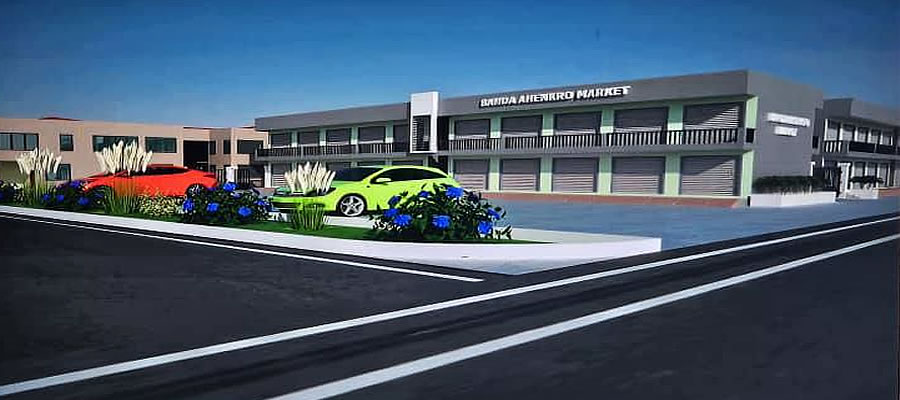
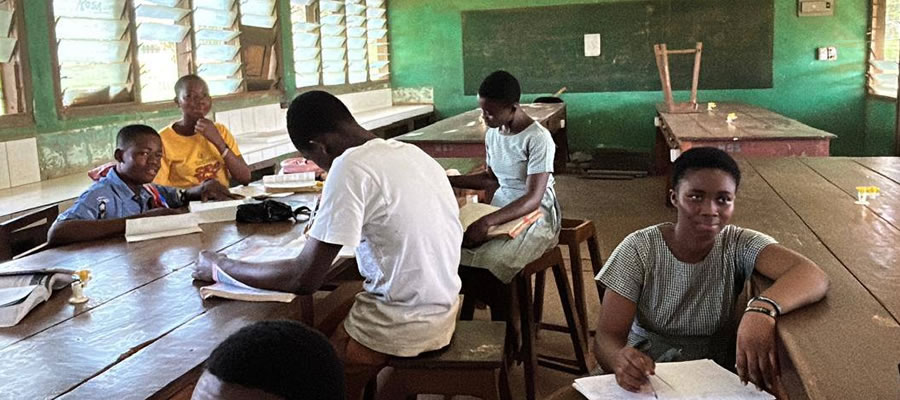
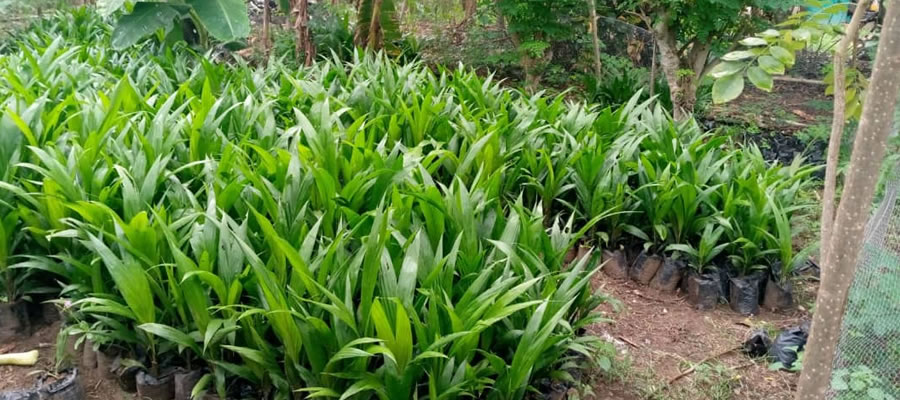

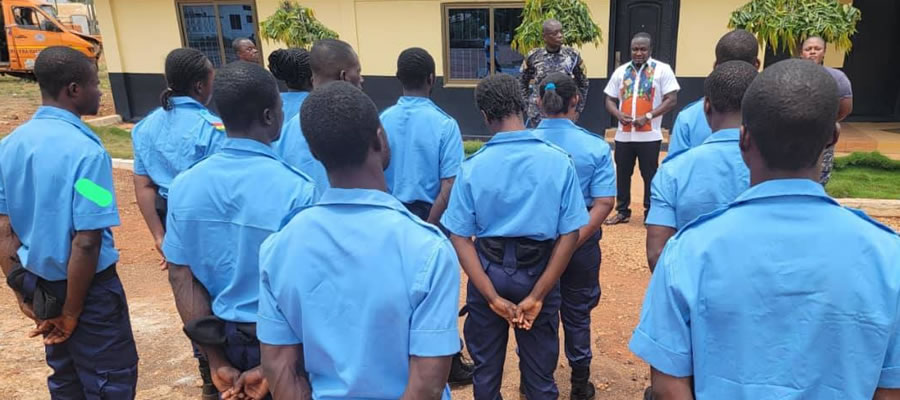
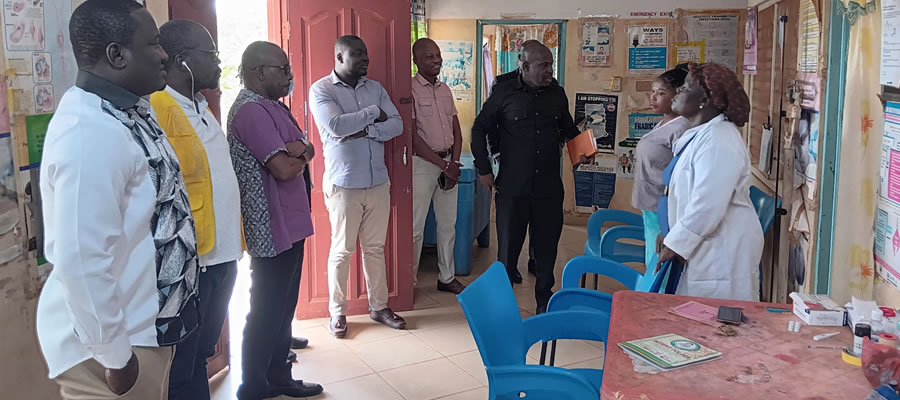


 facebook
facebook
 twitter
twitter
 Youtube
Youtube
 +233 593 831 280
+233 593 831 280 0800 430 430
0800 430 430 GPS: GE-231-4383
GPS: GE-231-4383 info@ghanadistricts.com
info@ghanadistricts.com Box GP1044, Accra, Ghana
Box GP1044, Accra, Ghana